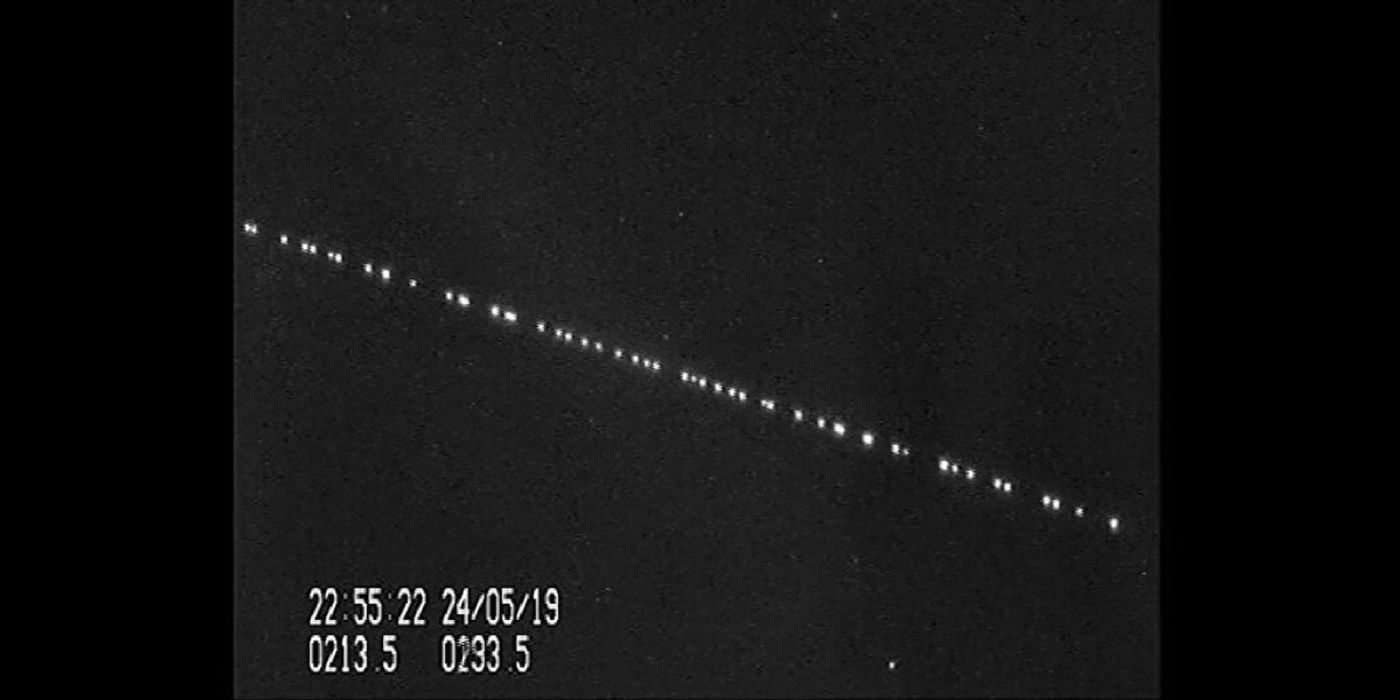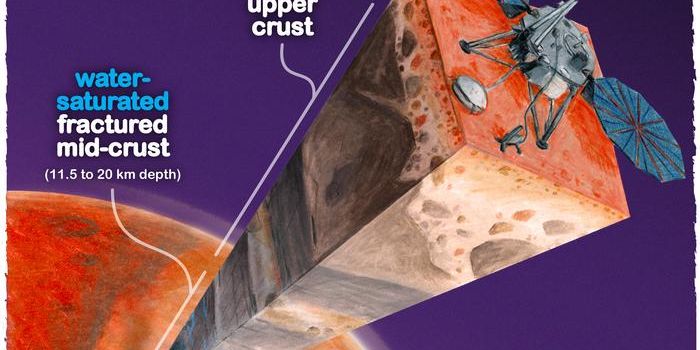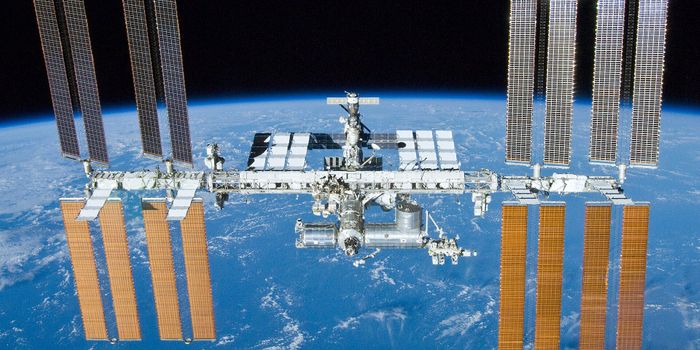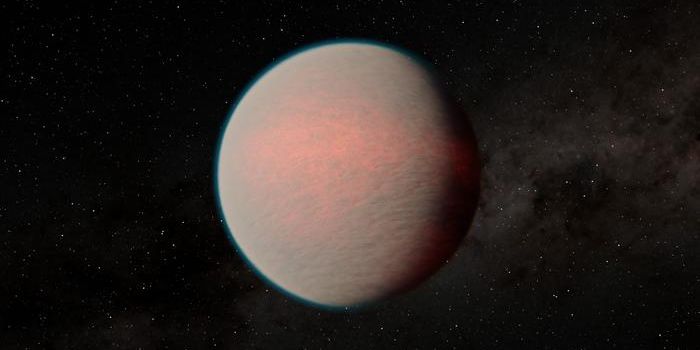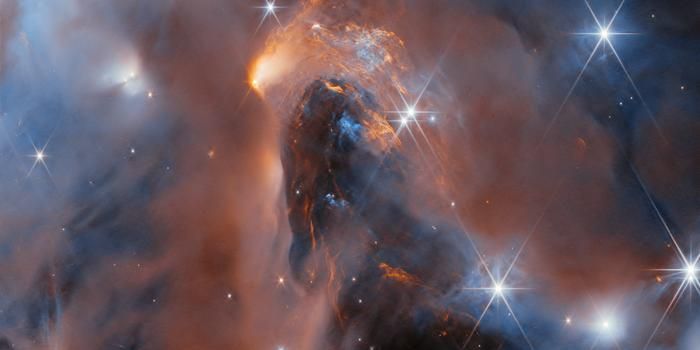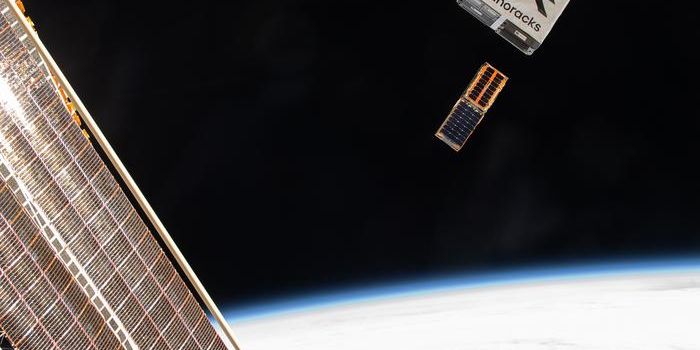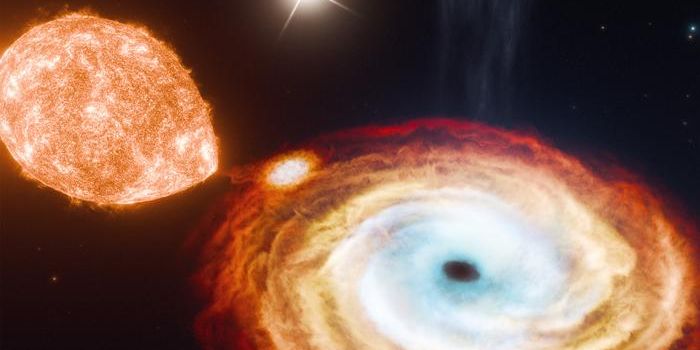Should Astronomers Worry About SpaceX's New Starlink Satellites?
Commercial space company SpaceX officially launched 60 of its Starlink internet communication satellites into space last month following nearly a two-week delay. But for SpaceX, it was worth the wait – the satellites deployed flawlessly, paving the way for an upcoming satellite-based internet system that will serve our planet and could also help with lunar science programs.
Everything might appear fine and dandy at first glance, and you’d be right to assume that SpaceX is somewhat satisfied with their most recent achievement of lofting 60 satellites into space in one fell swoop with a fully-loaded Falcon 9 rocket, but astronomers don’t appear to be sharing the same enthusiasm regarding the situation.
Image Credit: Marco Langbroek
Less than 24 hours after SpaceX launched the first 60 units of its Starlink satellite internet system, backyard astronomers suddenly found their view of the night sky obstructed by large, bright, and fast-moving objects, and as it would seem, SpaceX’s Starlink satellites were the culprits. Alarmingly, SpaceX has no intention of stopping with the 60 satellites that were just recently launched.
Instead, SpaceX intends to grow its Starlink satellite internet system with the launch and deployment of hundreds, if not thousands, of additional satellites to keep up with the projected load demand. Citing Elon Musk, at least 400 satellites would be necessary before public access to Starlink would be possible, and 800 satellites would be required for optimal performance.
Related: Will Elon Musk's space-bound Tesla Roadster ever return to Earth?
As you might come to expect, it’s this exponential increase in the number of Starlink satellites in the night sky that has astronomers concerned. With just 60 Starlink satellites creating such a bright and obnoxious ruckus in the night sky, one can only imagine how hectic things could get with 800+ satellites in the way of things. In fact, it could make observing the cosmos with Earth-based telescopes significantly more challenging.
SpaceX has since publicly addressed these concerns, noting that the Starlink satellites would become significantly less conspicuous as they oriented themselves and their orbital altitude increased. Furthermore, SpaceX will attempt to make future Starlink satellites less reflective, which could help to prevent future visibility obstructions.
Startlingly, the concerns don’t end with SpaceX. Other companies are expected to follow in Musk’s footsteps, launching satellite internet solutions of their own to compete for market share. Consequently, SpaceX’s Starlink satellites wouldn’t be the only distractions in the night sky, and this would only be the beginning of many challenges to come.
Related: The science behind SpaceX's interplanetary rocket concept
It should be interesting to see how things will pan out for the future of the satellite internet industry, especially given all the valid concerns about how it might impact astronomy. Of course, only time will tell…
Source: New York Times, Phys.org
